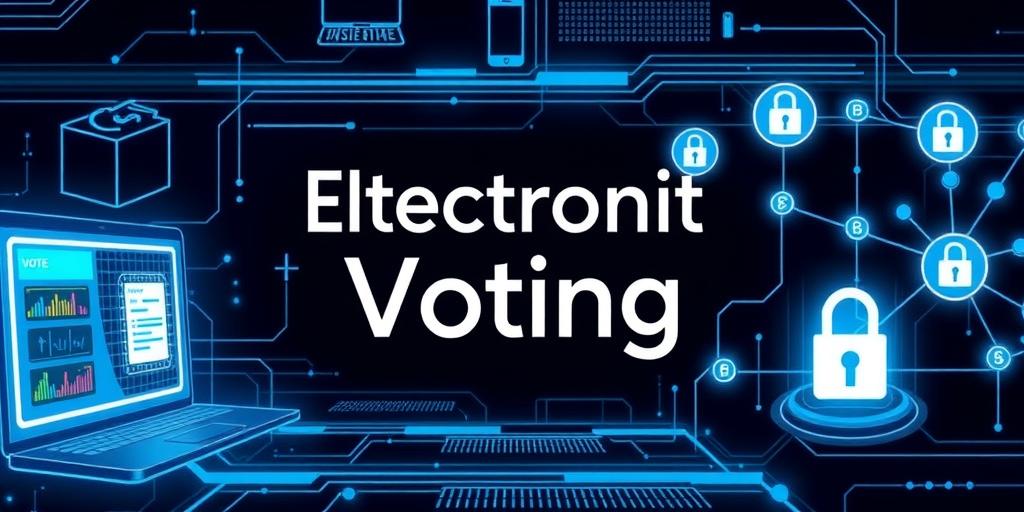The Future of Electronic Voting Technology
The way we cast our votes is evolving. For centuries, paper ballots were the standard, but the rise of technology is ushering in a new era of electronic voting. This post will explore the current state of electronic voting, its potential benefits, and the challenges it faces.
What is Electronic Voting?
Electronic voting (e-voting) encompasses various methods of casting and counting votes using electronic means. This can range from simple ballot scanners that quickly tabulate paper ballots to sophisticated internet voting systems. Here are a few common types:
- Optical Scan Voting: Voters fill out paper ballots, which are then scanned and tabulated by machines.
- Direct Recording Electronic (DRE) Voting: Voters make their selections on a touchscreen, and the votes are recorded electronically.
- Internet Voting: Voters cast their ballots online from their personal devices.
Benefits of Electronic Voting
Electronic voting offers numerous potential advantages over traditional paper-based systems:
- Increased Efficiency: Electronic systems can tabulate votes much faster than manual counting, providing quicker election results.
- Reduced Errors: Properly designed e-voting systems can minimize errors associated with manual counting and interpretation of ballots.
- Improved Accessibility: E-voting can make voting more accessible for people with disabilities, offering features like audio ballots and adjustable screen sizes.
- Lower Costs: In the long run, electronic systems can reduce costs associated with printing, storing, and transporting paper ballots.
- Enhanced Security: Advanced e-voting systems can incorporate security measures like encryption and audit trails to protect against fraud.
Challenges and Concerns
Despite its potential benefits, electronic voting faces significant challenges and concerns:
- Security Risks: E-voting systems are vulnerable to hacking and manipulation, which could compromise the integrity of elections.
- Lack of Transparency: The inner workings of some e-voting systems are not transparent, making it difficult to verify the accuracy of results.
- Technical Glitches: Like any technology, e-voting systems can experience malfunctions, leading to delays or inaccurate results.
- Digital Divide: Unequal access to technology and internet connectivity can disenfranchise voters in certain communities.
- Voter Confidence: Public trust in e-voting systems is essential, and concerns about security and transparency can erode confidence.
The Future of E-Voting
The future of electronic voting hinges on addressing the challenges and concerns outlined above. Several promising developments could shape the future of e-voting:
- Blockchain Technology: Blockchain could provide a secure and transparent platform for e-voting, making it more resistant to fraud and manipulation.
- Open-Source Systems: Open-source e-voting systems allow for greater transparency and public scrutiny, which can help build trust.
- Hybrid Approaches: Combining electronic and paper-based methods, such as using paper trails for auditing purposes, can provide a balance between efficiency and security.
Conclusion
Electronic voting technology holds the potential to transform the way we conduct elections, making them more efficient, accessible, and secure. However, it is crucial to address the challenges and concerns associated with e-voting to ensure that these systems are trustworthy and reliable. As technology continues to evolve, we can expect to see further innovations in e-voting that could shape the future of democracy.









